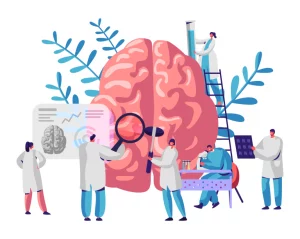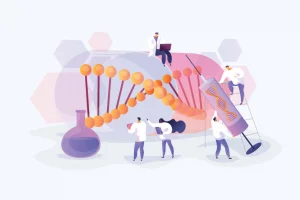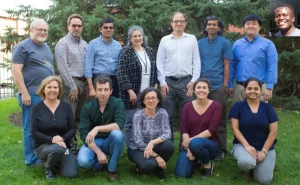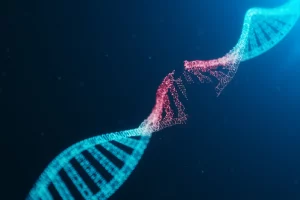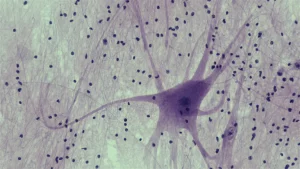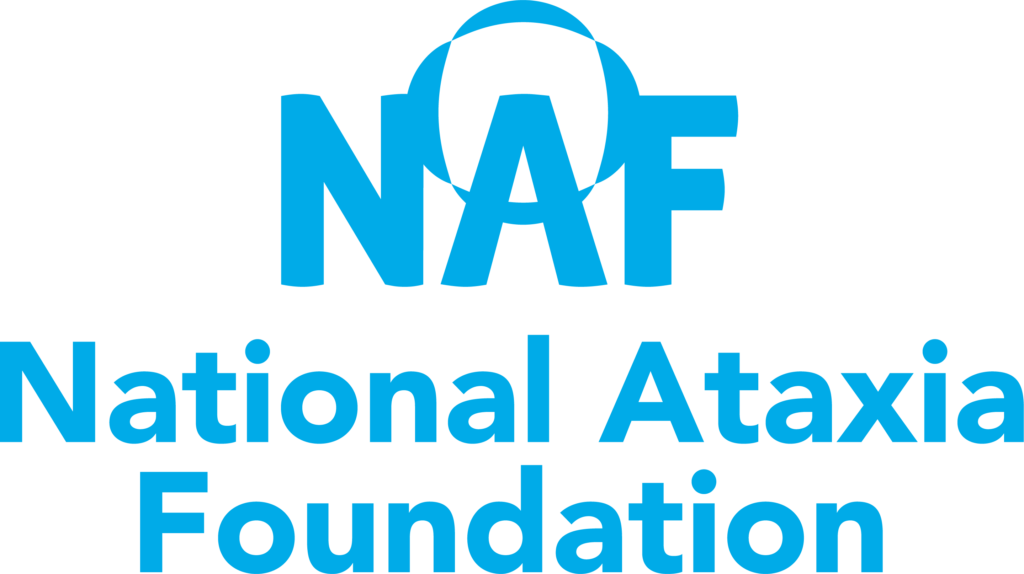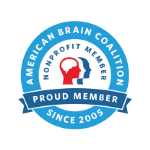
Subproduto da produção do óleo de canola apresenta potencial terapêutico para as doenças de Machado-Joseph e Parkinson
Escrito por Dr. Maria do Carmo Costa, editado por Dr. Hayley McLoughlin. Inicialmente publicado em 24 de abril de 2020. Traduzido para o português por Priscila P. Sena. Em um trabalho de colaboração utilizando modelo animal, pesquisadores de Portugal e do Reino Unido descobrem um subproduto do óleo de canola Read More…


